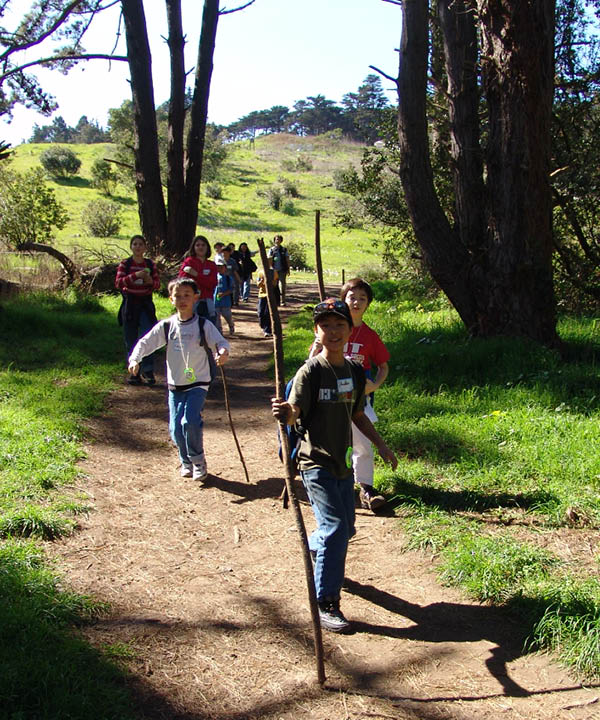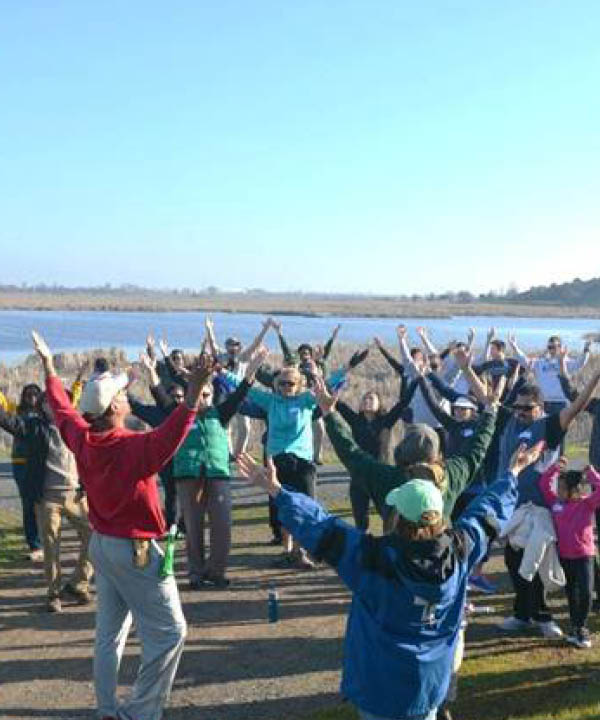Work with your partners to put the pieces together to create a cohesive program. Documenting logistics can serve as a playbook for program partners and participants. Logistical considerations may include the following:
Address barriers
Look at the barriers that your participants have outlined and work with your partners to identify solutions to overcome them. Solutions will include a combination of education and encouragement strategies. Education can be used to emphasize the specific benefits of parks on individual health for those who do not believe that fulfilling of park prescriptions will benefit them. Encouragement can be used to emphasize the welcoming tendencies and terrain of parks to those with different abilities. Safety should be the first consideration for any type of Park Prescription program. If there are no parks perceived as safe by your population in your surroundings, work with your park agency partner to either identify other potential sites or mitigate the existing safety concerns.
Identify roles and train staff
Identify the roles of your partners in the Park Prescription program. Who will prescribe parks to your population? Who will provide education to encourage them to fill their prescription? Who will lead activities when they are in the park? Who is tracking metrics? Because this is a community-built program with many different partners, it is important to ensure constant communication between partners so that the population being prescribed feels that it is a cohesive program. Some partners are naturally positioned to have specific roles within a Park Prescription program; E.g. park agencies are able to lead group activities in parks and public health practitioners are able to provide health education.
To carry out these roles well, it might be necessary to train and empower you and your partners to overcome challenges that might arise. The challenges that you and your partners might face may be that the participant is not able to make time to fill their prescription or does not see the value in this new approach. The challenges could also be that the participant feels uncomfortable in group settings or does know where the park is. Each participant will have their own set of interest and barriers, but general training can provide you and your partners valuable strategies to talk through many of them.
Articulate goals and metrics to evaluate
Articulate the goals and priorities of your Park Prescriptions programs. It is likely that your partners and you will generate a long list of goals that you all want for this program: chronic disease prevention, physical activity education, park usage, education, affinity for parks, etc. However, it is important to prioritize a list to ensure that you are designing a program with tangible goals in mind. Are there some goals that are more critical to address than others? Are there three "quick wins" that can generate additional enthusiasm early in the program?
Once you and your partners have settled on the goals of the program, integrate the metrics collection into the workflow. If one of the goals is to increase physical activity for participants, who will be making sure that this goal is met? How will they make sure that this goal is met? It is possible to spread the metrics collection tasks among a few different partners at different stages of the intervention?
Identify resources
Find the resources to implement the program. In this case, resources refer to funding and staff time. Will volunteers, staff, and others need to be trained to implement the program? Ideally, your partners will be able to provide in-kind donations of staff time to fulfill their roles within the Park Prescription program, such as leading park activities. As with any program, finding funding is an uphill battle, but not all programs need an injection of funding to start. List out the types of materials that you would need to use funding for and ask your partners if they know how to get them through in-kind support.
Communication
Is there a plan for communicating important program information to participants, staff, partners, etc.? How will the program be marketed? How will results be shared and which whom?




